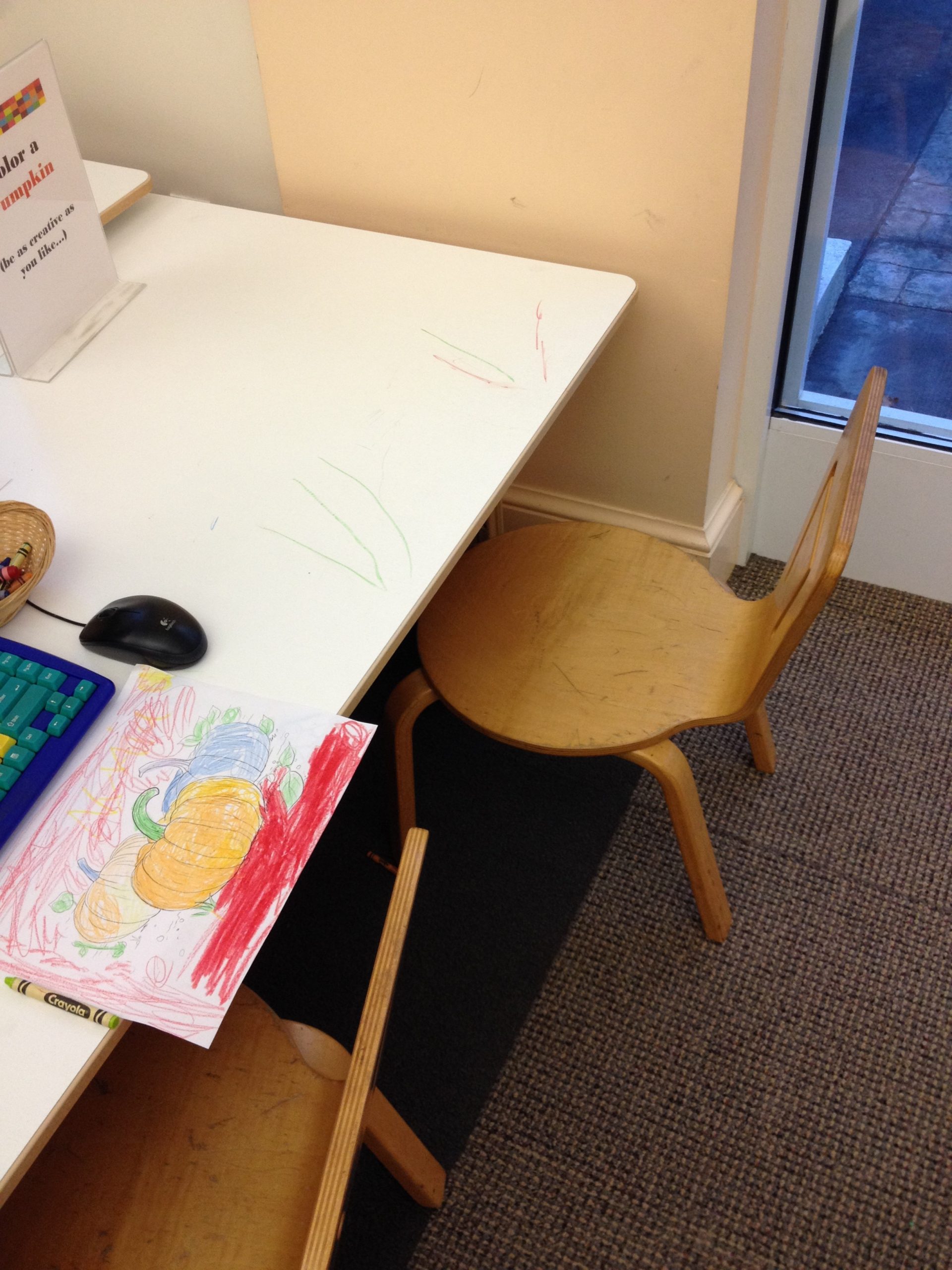Schools need to expose students to computer technology as part of a growing curriculum. Today, technology is a vital part of society and the workplace. Unfortunately, not all schools are providing enough access to all types of technology.
Technology improves achievement in core subjects. It affects decision-making, productivity and makes schools more efficient. It provides easy access to professional development for staff members. Students who use technology have more developed skills such as thinking, problem solving, information and communication skills and interpersonal skills. Building a technology strong educational system better prepares students for higher education and the workplace.
The quintessential question lies in whether schools are prepared to teach technology. Or, is it unused do to lack of training. It’s great if your school has a computer or an iPad for every student but, that’s not enough. They must be used.
There are programs that accompany a teacher led curriculum. Some show significant gains in test scores and others show no difference in scores. Also, programs that provide data tells the instructor why the answer is right or wrong if used and analyzed properly. When used properly, the information can drive the curriculum and student learning to gain a deeper understanding of concepts.
The challenge today is to find a way to integrate technology in traditional classrooms. And, teachers must be able to move through different learning modalities during the day. They must utilize online learning, working one-on-one with students, group discussions and projects, etc. Also, for any of the various modalities to be successful educators must have a clear vision and purpose. Educators must match the assessment to the goal. More challenges exist when software and equipment are not up to par. Or, a technician isn’t available for troubleshooting.
Schools have progressed from students taking a simple computer class to learning tools that demonstrate concepts, involve projects, and assess the learning. When hands on models are not possible, students view digital simulations of projects.
Global learning lets students conduct videoconferencing with students across the miles. And, tactile learners benefit through virtual manipulatives. Probes and sensors allow students to test temperature, pH levels, or note chemical changes. Projects provide quick assessments and enable high-level discussions among students.
Reading, writing, and dramatizations enable elementary students to express their creativity. The availability of E-books let students with special needs have a tool that provides text-to-speech enhancements with read-along highlighting for students with a visual disability. Some E-readers have special screens for struggling readers. They can focus on one page at a time.
Blending classroom learning to where students fluently use technology as leaning tools encourage more interest in all subjects. They build an interest in STEM (Science, Technology, Engineering, an Mathematics) careers.
Schools Using Computer Tech
Several schools have computer classes for students. Other schools have laptops and tablets. Within the computer classes students experience various learning websites, complete research projects, take care of virtual pets, participate in scavenger hunts, and create presentations. Classrooms have interactive whiteboards. However, some teachers continue to use overhead projectors and cassette tapes for classroom centers.
Some schools have several computers and an interactive whiteboard in each classroom. Others have an old computer used by the teacher. And, some have limited Internet. Also, there is no clear direction on teacher training while others have unlimited training. And principals need to provide as much direction as as possible to the newly hired computer teacher.
Schools with limited technology produce students that are not ready for today’s technology. Students must obtain knowledge outside of school. Furthermore, the less privileged student doesn’t have a chance to excel in the technical world. Nor do they think about a career in STEM.
Growing Technology
Technology is only going to keep growing and improving. At one time, a child in elementary school only had a Macintosh computer, a Nintendo, an old Atari, a VHS, and/or a portable keyboard. They may have had a cell phones that was as large as a shoe box. However, they grew up with the available technology. Since then, technology grew considerably. Point being, accessibility and exposure to the use of these tools broaden horizons and give way to various careers.
Schools need to keep up with today’s technology. And, many companies offer core materials that include web-based services for classroom use as well as use at home. As an educator or a parent you need to ask questions. What is the direction of your school’s technology? Is there a clear curriculum that includes the latest tools? Is the software accessible for home use? Are laptops or tablets available for students to use and borrow if necessary? What is the policy for students using technology and consequences for misuse? As you explore the answer to these questions, you will gain knowledge as to what future your students/children have available for careers.
![]()



